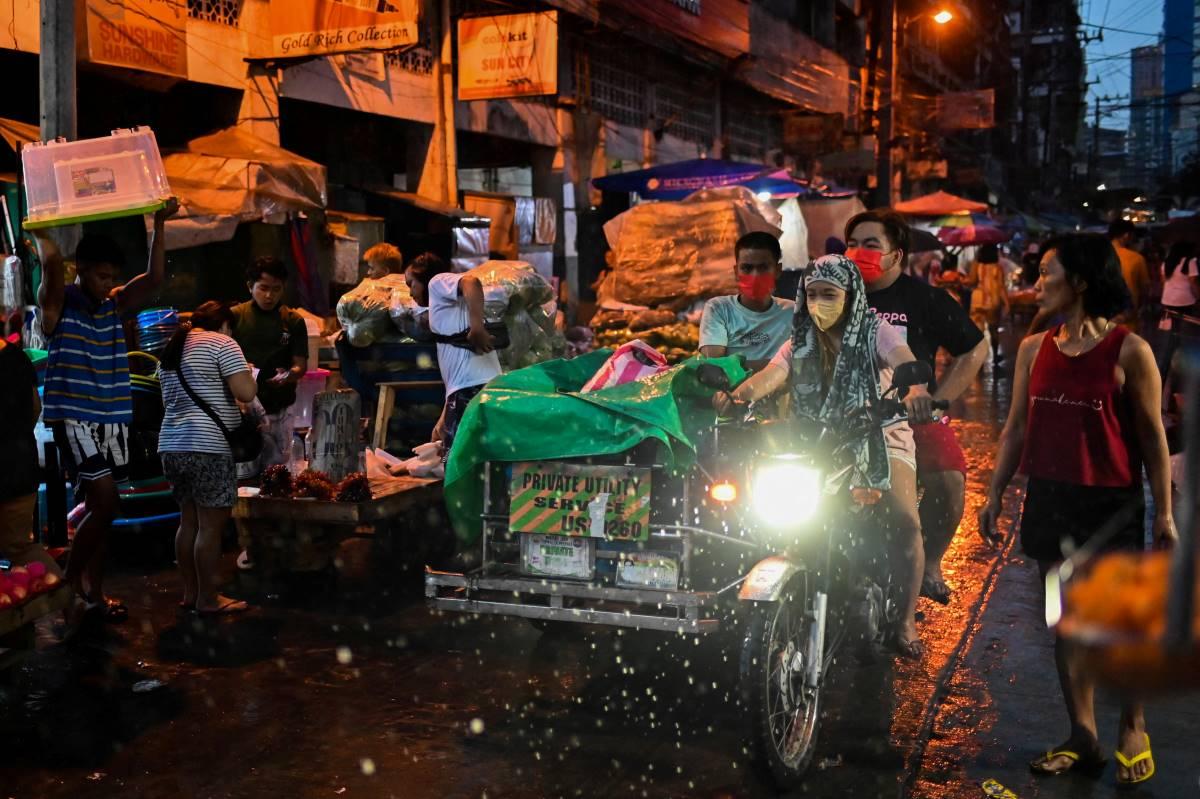EXPLAINER: Is PH at risk of 'FLiRT' COVID-19 variants?

With the Bureau of Quarantine (BOQ) now on heightened alert for the new COVID-19 variants “FLiRT,” how does the Philippines fare in keeping another possible surge in COVID-19 cases from happening?
The World Health Organization (WHO) on May 3 designated four JN.1 sublineages — JN.1.7, JN.1.18, KP.2, and KP.3, more commonly known as “FLiRT” — as currently circulating variants under monitoring. According to the Department of Health (DOH), the term “FLiRT” was coined by researchers to describe the amino acid changes in the COVID-19 virus’ spike protein, specifically from phenylalanine (F) to leucine (L), and from arginine (R) to threonine (T).
The DOH, however, emphasized that there is no current evidence to show yet that the KP.2 and KP.3 variants could cause severe to critical COVID-19, both locally and internationally.
Singapore, which is near the Philippines, reported having a spike in COVID-19 infections in the previous weeks, with the FLiRT variants believed to be the culprit.
Incidentally, the DOH has recently observed a “small” increase in COVID-19 cases, as 877 new cases ones recorded nationwide from May 7 to 13, with an average of 125 cases per day.
Despite this, the DOH last Tuesday said that all regions in the country remained at low risk for COVID-19. Health Secretary Herbosa also said he would not recommend any border control or travel restrictions amid the reported increase of cases in Singapore.
Even infectious diseases expert Dr. Rontgene Solante said that the FLiRT variants only pose “low public health risk.”
But the real question stands: Is the FLiRT already in the Philippines? The DOH has no definite answer yet.
DOH spokesperson Assistant Secretary Albert Domingo said the DOH issued a reminder for all physicians, hospitals, and clinics to report the COVID-19 positive results they have seen to help the Philippine Genome Center get enough sample material for sequencing.
Vaccines
Another factor that should be highlighted in the rise of the FLiRT variants is the waning immunity of Filipinos who got COVID-19 vaccines a few years back, and the absence of newer vaccines that could help protect against the newer strains.
According to Solante, the previous COVID-19 vaccines made available in the country could no longer give much protection against these newer coronavirus strains, making everyone vulnerable to the virus again.
He said that vulnerable individuals who have low immune response — particularly the elderly and the immunocompromised — have a tendency of getting severe infection when they get infected with the FLiRT variants.
“Nakakalungkot lang dahil because of the mutations, itong mga bagong variants, hindi na tayo protektado doon sa unang mga bakuna natin na nakuha,” Solante said.
(It's sad because new variants emerge from mutations, and we are no longer protected by the first vaccines we got.)
“Talagang tayong lahat ay vulnerable na at kaya dito natin sasabihin sa publiko na talagang mag-ingat tayo at mag-matyag sa mga sintomas natin dahil pwede tayong mag-severe, especially sa mga matatanda, even if you are vaccinated,” he added.
(We are all vulnerable and so we should really be careful and watch out for our symptoms because we can get severe infections, especially in the elderly, even if they are vaccinated.)
While affirming that immunity from the original COVID-19 primary series and boosters indeed wanes over time, the DOH emphasized that this immunity “is not totally lost.”
“There may be some degree of residual immunity left which is still better than having not been vaccinated at all. Nevertheless, the DOH is aware that the said immunity will not stay forever,” Domingo had said.
He also said that it is the responsibility of the Food and Drug Administration (FDA) to encourage and accept applications for registration of the newer COVID-19 vaccines so that they may be made available in the Philippines.
This means that if newer vaccines were to arrive, these could be available in the local market as the government has no budget allocations for COVID-19 vaccination this year.
Back in December 2023, Herbosa said the DOH did not allocate any budget for the procurement of new COVID-19 vaccines for 2024.
Herbosa made the remark as the country's supply of COVID-19 monovalent and bivalent vaccines were already exhausted, following the lifting of the State of Public Health Emergency in July 2023.
Domingo also said there may not be an urgent need to allocate budget and procure vaccines now, even with the threat of the FLiRT variants.
“Budget allocations for COVID-19 vaccination are made based on an assessment of public health need. In situations where the case severity is low/mild only, as is being observed with the KP.2 and KP.3 variants per international WHO reports and local data on hospital occupancy, there may not be an urgent need to budget and procure as before,” he said.
Given the current situation, what the DOH advised the public is to voluntarily and properly use face masks, and observe standard precautions like hand washing, avoiding crowds, and choosing good airflow.
Solante also specifically advised the vulnerable population to wear face masks in crowded areas and consult a healthcare professional whenever they have respiratory symptoms. —KBK, GMA Integrated News



